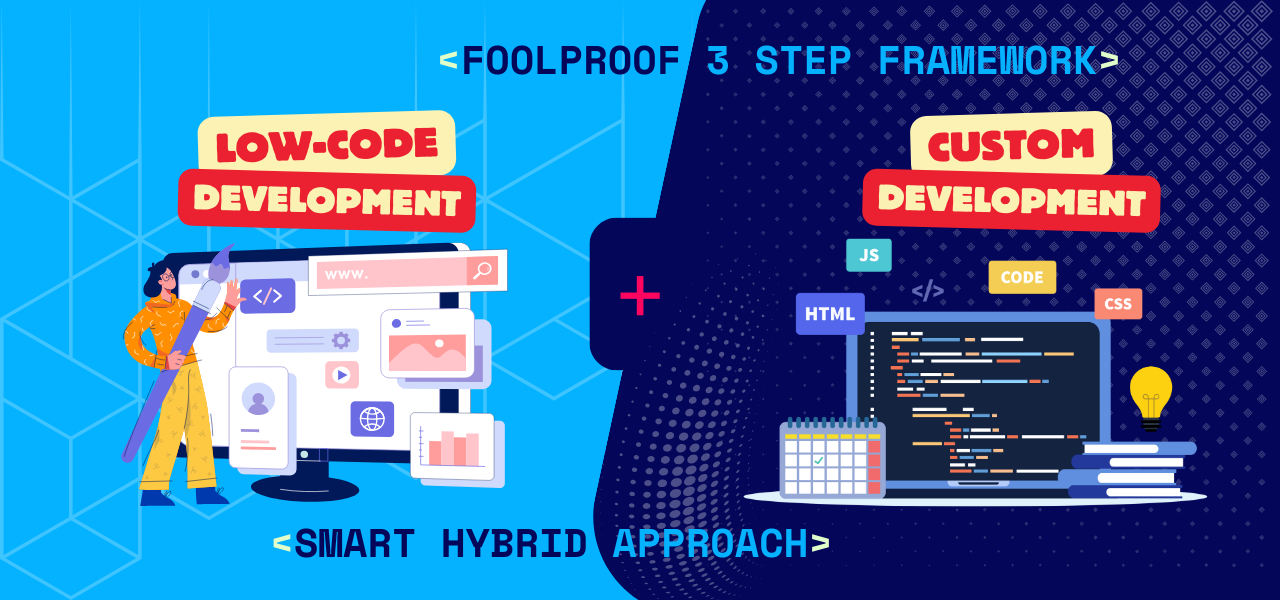The Role of Business Rule Engines (BRE) in Modern Enterprises

In today’s fast-paced business landscape, companies are under constant pressure to adapt to changing regulations, customer demands, and market conditions. Decision-making processes need to be both agile and accurate, which is where Business Rule Engines (BREs) come in. These systems enable businesses to automate decision-making by applying predefined rules to data and processes, improving efficiency, compliance, and overall agility.
In this blog, we’ll explore what Business Rule Engines are, how they work, and why they are essential in modern business operations.
What is a Business Rule Engine (BRE)?
A Business Rule Engine is a software system that automates the decision-making process by applying a set of predefined rules to operational data. These rules define the logic that governs how decisions are made within a business process. For example, rules might specify how to approve a loan, apply discounts to customers, or enforce compliance with regulations.
Key characteristics of BREs:
- Declarative: Business rules are stated in a way that specifies the what, not the how, meaning the rules define outcomes without dictating the exact steps the system must take.
- Separation of Logic and Process: The rules are maintained separately from the actual application code or business process, allowing easy updates and flexibility.
- Automation: Once rules are set, decisions are automatically applied to incoming data without manual intervention.
How Do Business Rule Engines Work?
At a high level, a Business Rule Engine works by:
- Defining Rules: Rules are defined using natural language or rule-specific syntax. For instance, “IF a customer’s purchase exceeds $500, THEN apply a 10% discount.”
- Input Processing: The engine takes data inputs from various sources—such as customer orders, application forms, or compliance checks.
- Rule Execution: The BRE evaluates the inputs against the set of defined rules and determines what actions to take based on those conditions.
- Action and Output: Based on the rules, the engine triggers actions, such as generating an approval, rejecting an application, or calculating a discount.
The Benefits of Business Rule Engines
- Consistency and Accuracy
BREs help ensure that business decisions are applied consistently across an organization. When rules are automated, the risk of human error is reduced, ensuring that every decision follows the same set of guidelines. - Agility and Flexibility
In a competitive market, businesses must constantly adapt to new regulations, market conditions, and customer demands. BREs allow companies to quickly update rules without modifying underlying systems or application code. This flexibility accelerates the process of implementing changes and responding to evolving needs. - Reduced Complexity
With complex operations, traditional systems often intertwine business logic within code, making it difficult to manage. BREs separate decision logic from core systems, which simplifies maintenance and reduces technical debt. - Improved Compliance
Many industries, such as finance and healthcare, are subject to strict regulatory requirements. BREs ensure that compliance rules are adhered to consistently, mitigating the risk of non-compliance and costly fines. By automatically applying regulatory policies, businesses can streamline compliance processes and reduce manual oversight. - Enhanced Collaboration Between Business and IT
Business users, not just developers, can manage and define rules in most BRE platforms, empowering them to make changes without relying heavily on IT teams. This collaboration allows business analysts and decision-makers to take more control over the processes they oversee, speeding up innovation.
Common Use Cases for Business Rule Engines
- Loan and Credit ApprovalFinancial institutions use BREs to automate loan and credit approvals. The system can evaluate applications based on predefined criteria such as credit score, income, and debt-to-income ratio, then instantly approve or deny the loan.
- Insurance Claims ProcessingInsurance companies automate claims assessment using business rules, ensuring that claims are processed in compliance with company policies and regulatory standards. For instance, certain claims might be automatically flagged for fraud detection if they meet specific criteria.
- E-commerce Discounts and PromotionsIn e-commerce, BREs can apply dynamic pricing, discounts, and promotions based on customer behavior, cart value, and other factors. This automation helps in personalizing offers and increasing conversion rates.
- Compliance and Regulatory AdherenceIn highly regulated industries, BREs ensure that business processes comply with local and international regulations. Whether it’s adhering to GDPR data protection rules or healthcare regulations, BREs reduce the manual burden of staying compliant.
- Customer Service AutomationContact centers and customer service teams can automate responses and workflows based on business rules. For example, BREs can route inquiries to the correct department based on keywords or customer account status.
The Future of Business Rule Engines: AI and Machine Learning Integration
While traditional BREs work based on static rules predefined by human experts, the future of BREs involves integrating artificial intelligence (AI) and machine learning (ML) to enhance decision-making. In this hybrid model:
- AI-driven insights can help refine and optimize the rules over time by analyzing patterns and predicting outcomes.
- Machine learning algorithms can be used to identify the best rules for different contexts by learning from historical data and trends, leading to more dynamic and data-driven decision-making processes.
This next-generation approach can create systems that not only follow static business rules but also adapt, learn, and improve decision outcomes.
Conclusion
Business Rule Engines play an indispensable role in helping companies automate and streamline decision-making processes. They ensure consistency, agility, and compliance across complex operations, all while improving collaboration between business and IT teams. As companies continue to adopt digital transformation strategies, BREs will likely evolve alongside AI and machine learning, driving smarter, more dynamic decision-making systems.
By embracing BREs, businesses can improve operational efficiency, reduce costs, and stay agile in a constantly changing environment.





